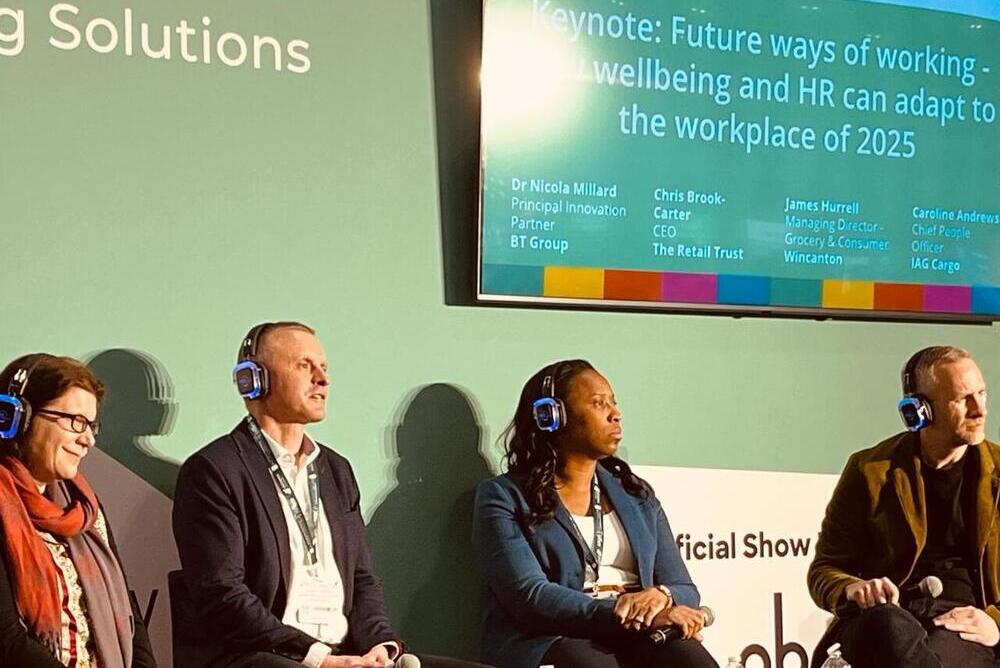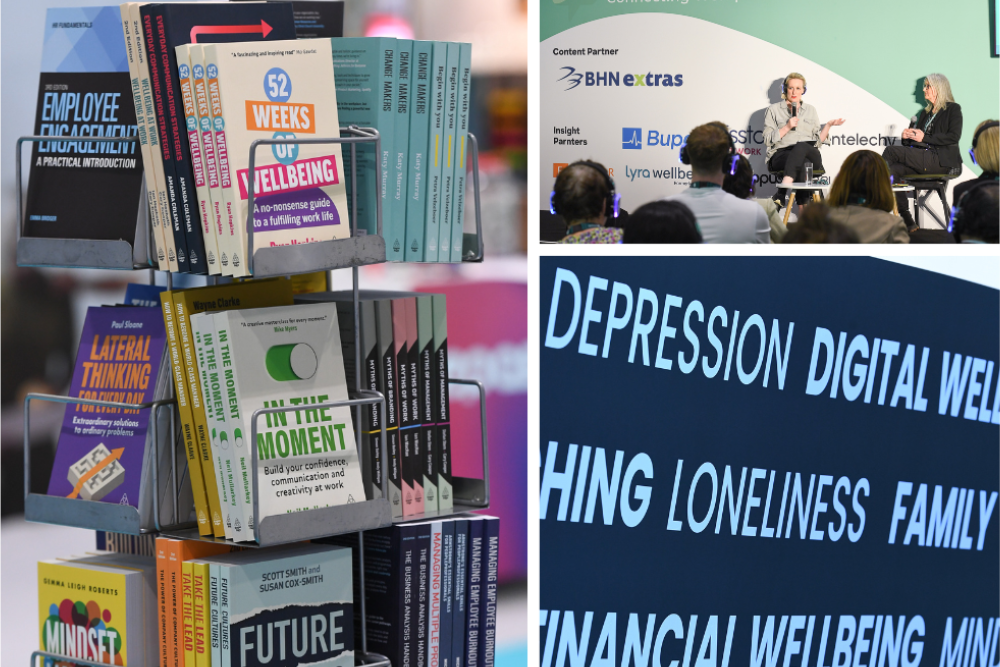Cultural differences are the main challenge for worldwide wellbeing programmes, which we cover in detail in this feature. But what else is there to consider?
1. Legislative and regulation differences
You’ll have to comply with different legal and regulatory requirements in every different territory and, probably, have to take a different approach as a result.
As Jane Collins, VP Engagement, Development & Inclusion, Curinos, says “using the same provider or training solution is’t always possible due to different requirements such as mental health training.”
Curinos worked with all its healthcare providers in each country to ensure all colleagues had access to a local Employee Assistance Program and rolled out Mental Health First Aiders across all regions.
2. Compliant training
This meant it had to find mental health trainers who could deliver the compliant training in each country. It now has a network of MHFAs that are available across all our time zones, from London to California.
The challenge here, says Collins, is despite the different local regulations ensuring that “we treat all colleagues equitably regardless of where they sit geographically, so that everyone has the same experience and feels part of the same team”.
To do this she advises identifying best practice, and working to implement that wherever you operate. “So if the UK has the best guidelines/legal requirements, then offer the same support in each of your areas regardless of in country requirements,” she says.
Richard Peters, International Medical Director at Goldman Sachs, speaking at MAD World adds that you need to also consider to what extent legislation is enforced in different countries: “When I think about Italy, for example, the first thing that comes to mind is that there is a requirement to do stress risk assessments… we have that here in the UK. There is an HSE tool but the HSE don’t enforce it. But in places like Italy they do enforce it, so you need to be compliant.”
3. Healthcare system differences
Peters also recommends looking at the actual healthcare ecosystem in every country you’re entering. He suggests asking: “Is there a good state healthcare system? What’s the private healthcare situation? In some countries everyone has to have private healthcare insurance. Then you need to identify where the gap is, what is missing between the two.”
For instance, your private health insurance in Warsaw might not have mental health cover. “Can you work with the insurance provider to get some cover?” he says. “Then if you’re a very small office the services you offer will be different to a large office.”
4. Technology that delivers the same experience globally (includes language differences)
Publisher Pearson is currently looking at which technology platform to use for its global wellbeing strategy because it wants to create a global hub where people can go and find relevant content easily.
Kevin Lyons, Senior HR Manager at Pearsons has been investigating different tech options and has been impressed by what he’s found:
“There are a number of excellent platforms and technology which can be operated on a global basis and you can even have language incorporated into those platforms. Even if you’re in a predominantly English speaking organisation then you can still have local regional languages incorporated.”
In his opinion, the cultural differences between countries are much more of a challenge than finding technology that works well globally. “The bigger challenge in wellbeing is definitely cultural and societal than tech,” he says.
Daniel Chan, Global Workplace & Wellbeing Lead at dentsu, also advises, when looking at tech platforms, to pick one that “can accommodate and provide services across multiple time zones”.
5. Differences in how employees want to consume the information
While Lyons doesn’t see the tech as a particularly big challenge, a related challenge is that fact that different people want different ways to consume information, so you have to try different communication channels.
“Some people want a podcast, others an article, others want to speak to a colleague” he says, “so you have to plan for all.”
Curinos’s Collins has found that the intranet is very active when it comes to wellbeing and has proved a very successful way for colleagues to share cultural and awareness events, personal stories and updates.
6. Supporting your champions/mental health first aiders across the globe
This is another challenge Pearson has encountered rolling its programme out globally. One thing that Lyons has found very helpful is a Mental Health First Aid policy.
“This just sets out the guardrails and responsiblities and what we expect from the Mental Health First Aider, which is not for them to be a doctor but to be someone that, in the moment, can be there to talk to somebody,” he says.
Lyons has also set up a MHFA community, providing support and resources, which meets regularly and consists of employees from across the globe.
To find out more, join the panel session at The Watercooler on day 2, 24th April, from 14.30 – 15.15 in the Engage Theatre entitled: “Lessons from the leaders – top tips for rolling out a global wellbeing programme”, Chaired by Yulia O’Mahoney from PMI and including input from Flick Wileman, Global Wellbeing & Employee Engagement Lead, Reckitt; Gabby Wickes, Global Wellbeing Manager, Experian; and Jamie Broadley, Group Head of Health & Wellbeing, Serco. You can find full details and register here.















